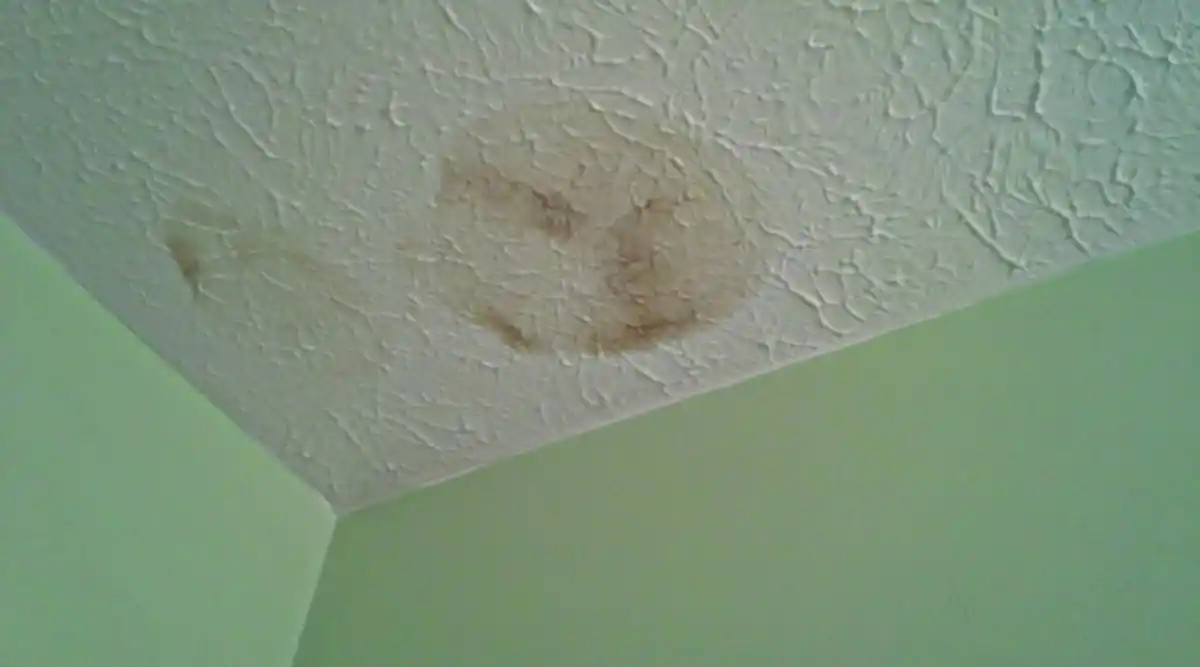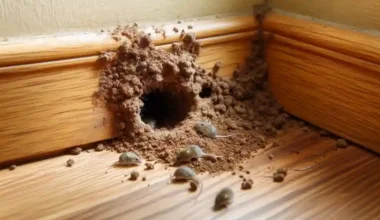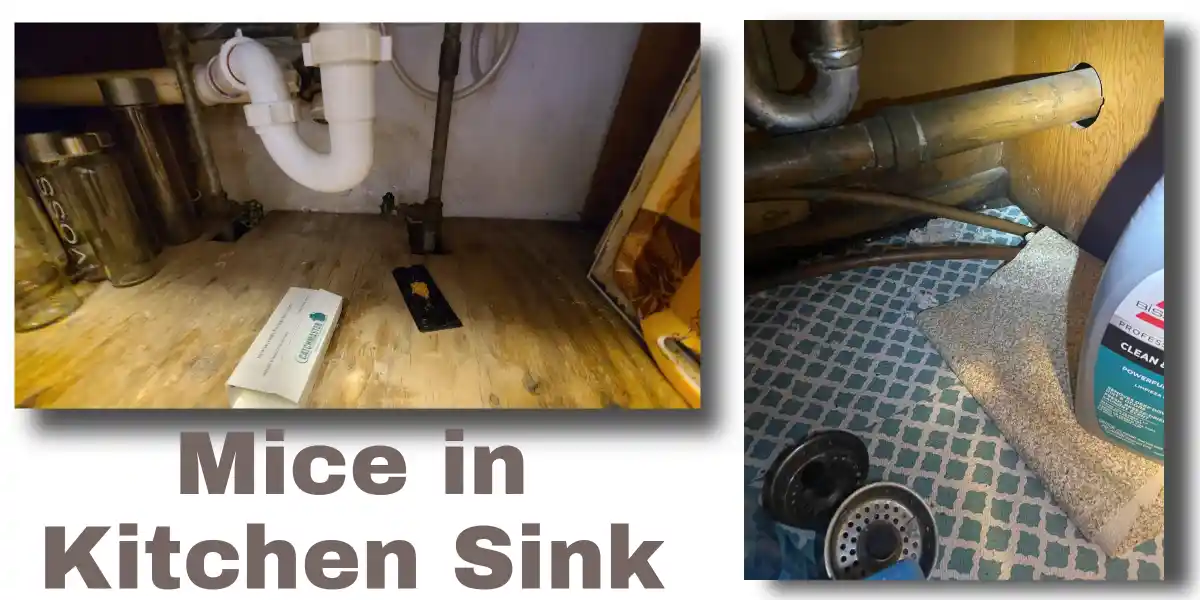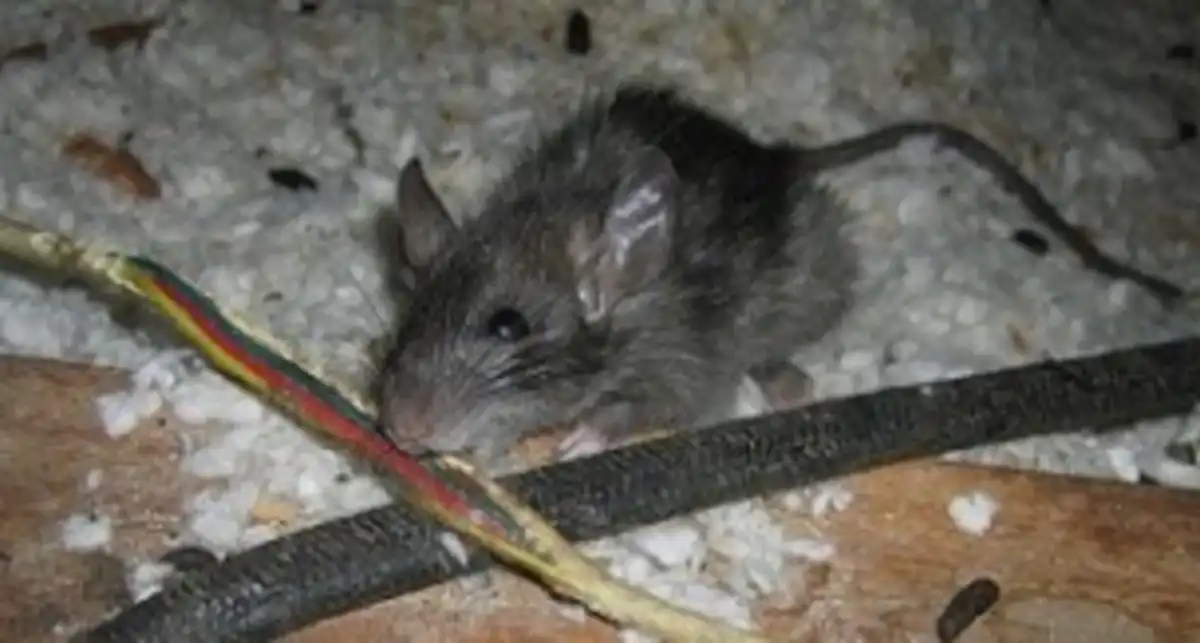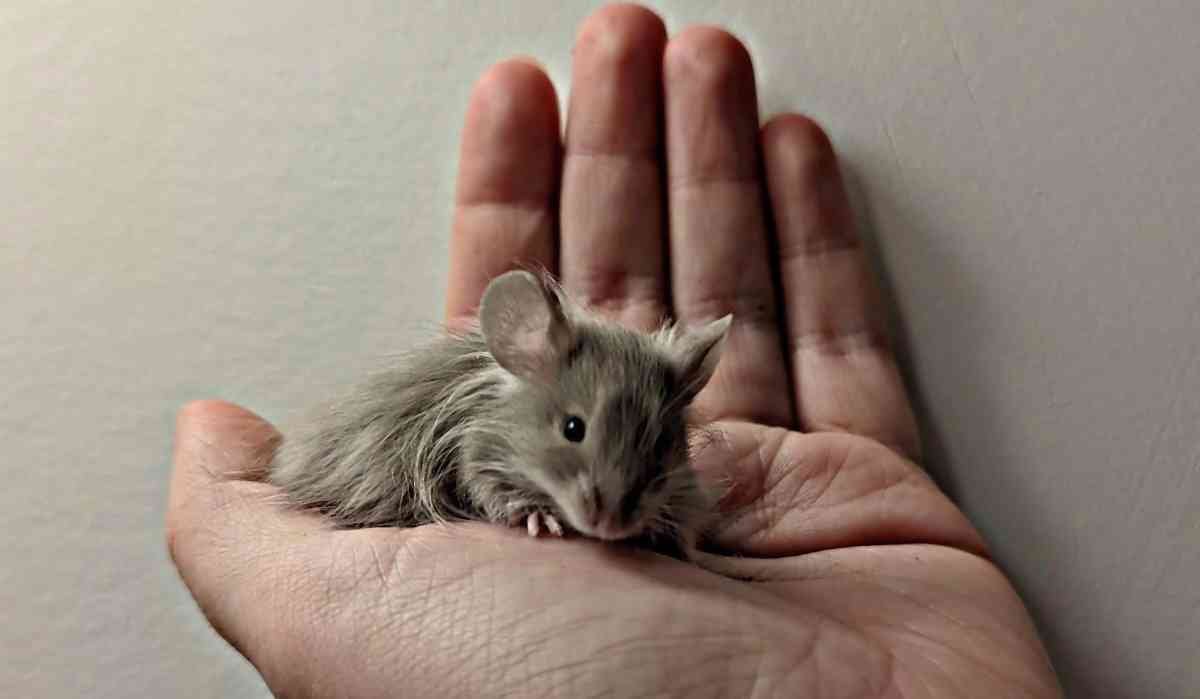Mice’s presence in your home is likely to be prevalent on the tabletops since this is where you make most of your food. The truth is that mice can climb just about everything in the kitchen. So, if you only moved all your stuff onto a little preparation table in the kitchen, thinking that mice can’t get up there, you are wrong. A sign that mice got on the table is their dropping, so if it is up there, you want to stop mice climbing table legs, which is the reason they got on the table in the first place.
Even if you use a hanging table, mice can jump 13 (33.02 cm) inches from the floor onto the flat surface if the table is not too far off the ground.
Also, if you caulked up your home but still find mice, they probably found a loophole. Besides, they can fit through a dime-sized hole.
How to stop mice climbing table legs

All the above said, this section will guide you to stop mice climbing table legs with the following simple strategies:
1. Wrap finished sheet metal around the table legs
You need smooth finished sheet metal as a protective to stop mice climbing table legs. However, the sheet metal should be free of any porous surfaces.
Certain metals like aluminum siding and aesthetically distressed metals may have porous surfaces that offer mice sufficient footholds for climbing. You need finished metal with really smooth surfaces that mice can’t climb, which makes sheet metal a valuable option. Sheet metal is also malleable, making it easy to wrap around surfaces. It is also used to create rat guards for trees.
It only requires your do-it-yourself skills to bend the sheet metal around the table leg. Since mice can jump up 13 inches from the ground, make sure you wrap the sheet at least 13 inches off the ground level. If your table is close to another surface, that may serve as an exposure for mice to use to get on the table again.
2. Secure your table leg with an inverted cone
Consider building an inverted cone around each leg of the table using an empty 2-liter (67.63-oz) plastic bottle, a pair of scissors or a knife, and duct tape. Follow the steps below:
- Carve out a part of the bottle to shape the bottleneck into an accessible funnel.
- Slice a line from the edge of the funnel right down to the brim of the bottleneck, allowing for adjustments to the cone’s dimensions.
- Adhere the cone to the upper part of the table leg using duct tape, ensuring the broader end of the funnel points downward and the bottleneck aims upward.
Mice can leap to high heights relative to their small size. Considering that they can vertically jump up 13 inches, you have to position the inverted cone at a height on the table leg that prevents the mouse from leaping over it from the ground or nearby surfaces.
3. Surround the table legs with mouse traps
The trick is to set mouse traps near the base of the table legs to stop mice climbing the table legs. Mouse trap methods include traditional snap traps, bait traps, and mouse bucket traps.
These traps rely on the natural curiosity and explorative nature of mice by enticing them with food or scent. So, you have to bait the trap with food that attracts mice such as high-fat, high-protein, high-sugar foods including lard, peanut butter, bacon, grease, chocolate, dried fruit, and the like.
Position the traps at the base of table legs to capture the mouse. You have to get rid of other food sources so that they have no choice but to come after the baited food. Follow the tips below:
- Don’t handle the trap with your bare hand because mice can avoid it if they detect your scent on it.
- If using a snap trap, do not activate it on the first day but leave the food for the mice to get comfortable since the traps are strange to them. Activate the trap the following day and make sure to keep children and pets away.
4. Use glass to protect the table legs
Mice find it difficult to climb smooth surfaces, and glass is one such surface. However, glasses can be fragile. While certain unique table designs use glass legs that stop mice from accessing the table surface, this option is often impractical for functional tables, especially in households with children or pets, as the easily breakable legs pose a risk.
Nevertheless, surrounding the table leg with a glass surface can greatly stop mice climbing table legs.
You can prop a frameless mirror or glass pane against the table legs and secure it in place to obstruct access. Glass may sustain scratches or damage from the mice’s attempts and failures to climb the surface using their claws.
5. Keep pets to deter mice
A house pet with natural hunting instincts, like most cats, hounds, and smaller terrier-type dogs, can eliminate mice from the vicinity of the table. However, consider that this approach may lead to household issues since your kitchen or dining room could potentially transform into a hunting ground. Only get a pet for assistance if you have more than one mouse.
For centuries, pets have been natural pest control agents, and numerous dog breeds have been specifically bred for such tasks. Housecats have also served as living mousetraps, stopping mice from climbing table legs.
Mice can climb most surfaces
Common house mice exhibit remarkable acrobatic skills as climbers. Using their claws and tails for gripping, support, and maintaining balance, mice are capable of scaling even the most polished surfaces.
The following surfaces will be ineffective in protecting table legs against mice:
a. Wood surfaces
Hardwoods, for example, are generally unsuitable for stopping mice from getting on the table legs. Their relatively soft nature allows mice to dig their claws into the wood surface and climb effortlessly.
b. Leather
Despite its smooth texture, leather is a soft material that can be easily penetrated by mouse claws, making it ineffective in preventing them from climbing table legs.
c. Weathered or corrugated sheet metal
Despite being a type of metal that could potentially deter mice, it is ineffective in preventing them from climbing. The porous nature of a weathered or corrugated surface provides mice with an easy foothold for climbing.
d. PVC
While encasing table legs with smooth PVC pipes may seem like a convenient solution, the soft surface of the pipes does not stop mice from climbing. Moreover, mice can use their tails to assist in climbing by wrapping them around the pipe.
Conclusion
Mice have impressive climbing abilities, so that makes it easy for them to climb onto your tabletop. But you can thwart their climbing efforts by covering the table legs with sheet metal or following other methods in this guide to create a barrier to deter the mice from scaling the table legs.
If none of these approaches work for you, seek assistance from a professional pest control service. They have the expertise and resources to properly address the mice problem in your home.
Read also: stop mice from your oven now
Source
- House Mouse Prevention & Control. Illinois Department of Public Health

